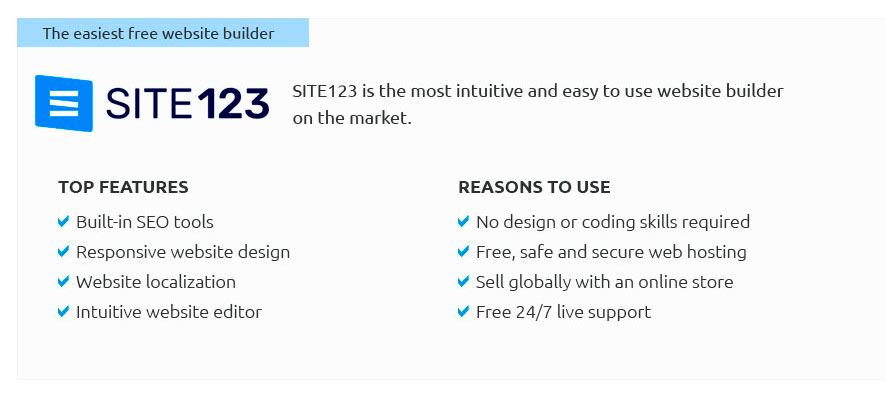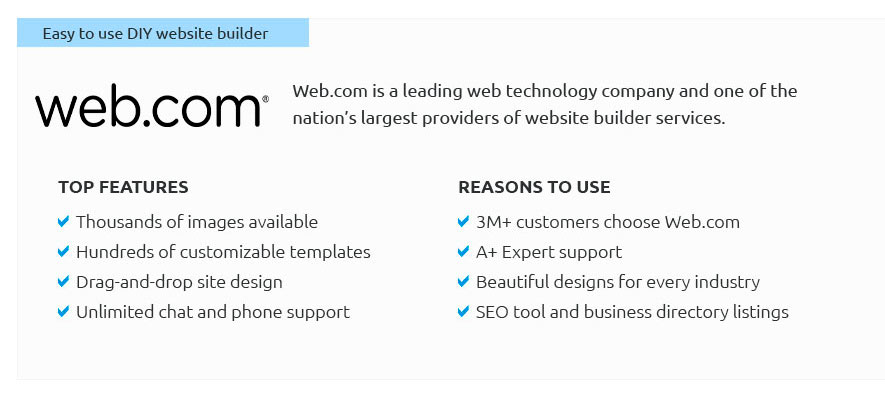 |
 |
 |
 |
|
 |
 |
 |
|
 |
|
 |
 |
|
 |
|
 |
|
 |
 |
Responsive Web Design: Crafting Fluid and Adaptive WebsitesResponsive web design has revolutionized the way we create websites, ensuring they work seamlessly across a wide range of devices. With the growth of mobile internet usage, having a responsive website is no longer optional but essential. Understanding Responsive Web DesignResponsive web design is an approach to web development that enables websites to adapt to different screen sizes and orientations. This is achieved through the use of flexible grids, fluid images, and CSS media queries. Flexible Grids and LayoutsUsing flexible grids allows content to resize proportionally. This is crucial for maintaining the structure of the website across devices.
Fluid ImagesImages are scaled within their containing elements to prevent overflow and maintain the design integrity. This helps in maintaining aesthetic consistency across platforms. Benefits of Responsive Web Design
Creating a Responsive WebsiteThere are several tools available that make it easier to design responsive websites. For those who wish to explore these tools, consider using software to design website without coding. Best Practices for Responsive Web DesignTo ensure a successful responsive web design, follow these best practices:
FAQWhat is responsive web design?Responsive web design is a method of creating websites that automatically adjust and adapt to the user's device, whether it's a desktop, tablet, or smartphone. Why is responsive web design important?It is crucial because it ensures a seamless user experience across all devices and is favored by search engines, which can improve your website's ranking. How can I start designing a responsive website?Begin with a mobile-first approach and utilize tools and resources that help in creating flexible layouts. You can also learn how to make a personal website to practice responsive design techniques. ConclusionIn conclusion, responsive web design is not just a trend but a necessary practice in the modern web landscape. By following the principles and best practices of responsive design, you can create websites that provide a superior user experience across all devices. Embrace these techniques to future-proof your web projects. https://en.wikipedia.org/wiki/Responsive_web_design
A responsive design adapts the web-page layout to the viewing environment by using techniques such as fluid proportion-based grids, flexible images, and CSS3 ... https://developer.mozilla.org/en-US/docs/Learn_web_development/Core/CSS_layout/Responsive_Design
Responsive web design (RWD) is a web design approach to make web pages render well on all screen sizes and resolutions while ensuring good usability. https://www.w3schools.com/html/html_responsive.asp
Responsive Web Design is about using HTML and CSS to automatically resize, hide, shrink, or enlarge, a website, to make it look good on all devices.
|